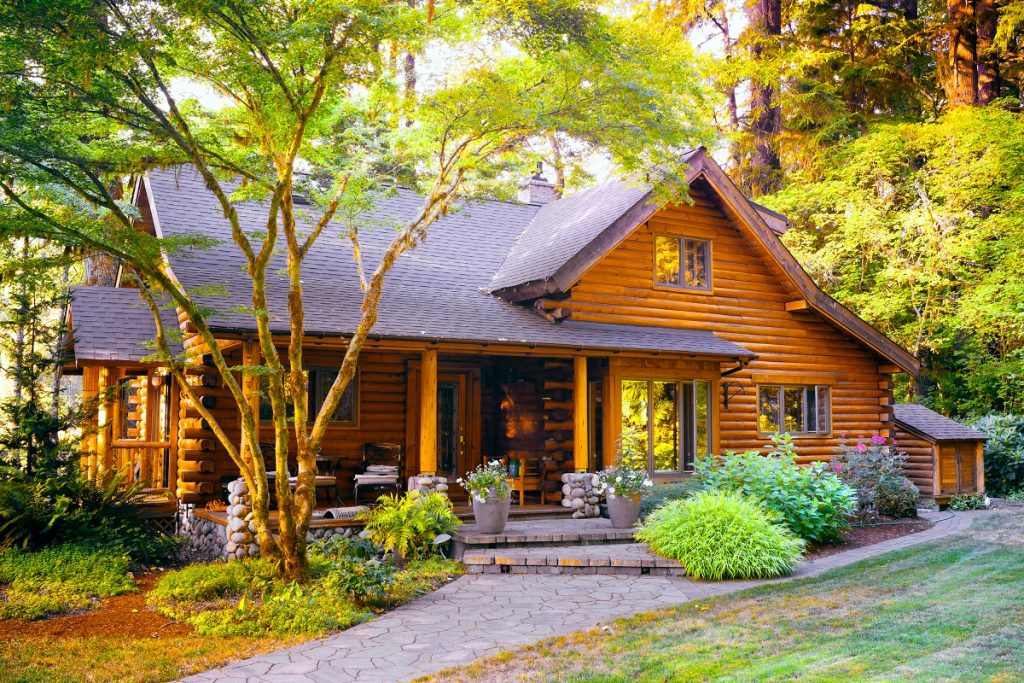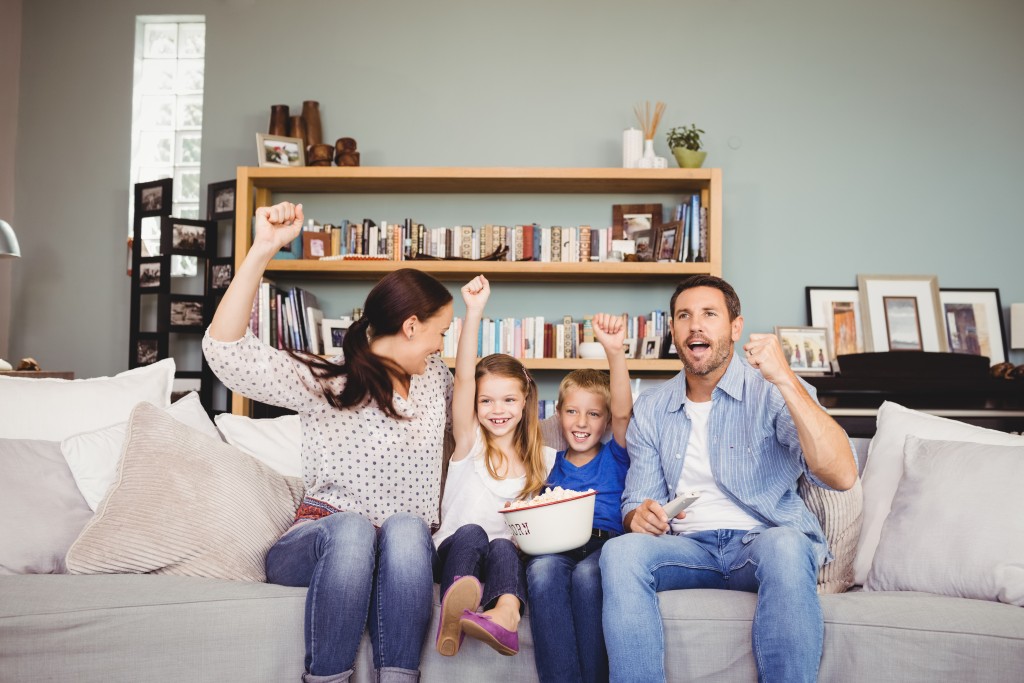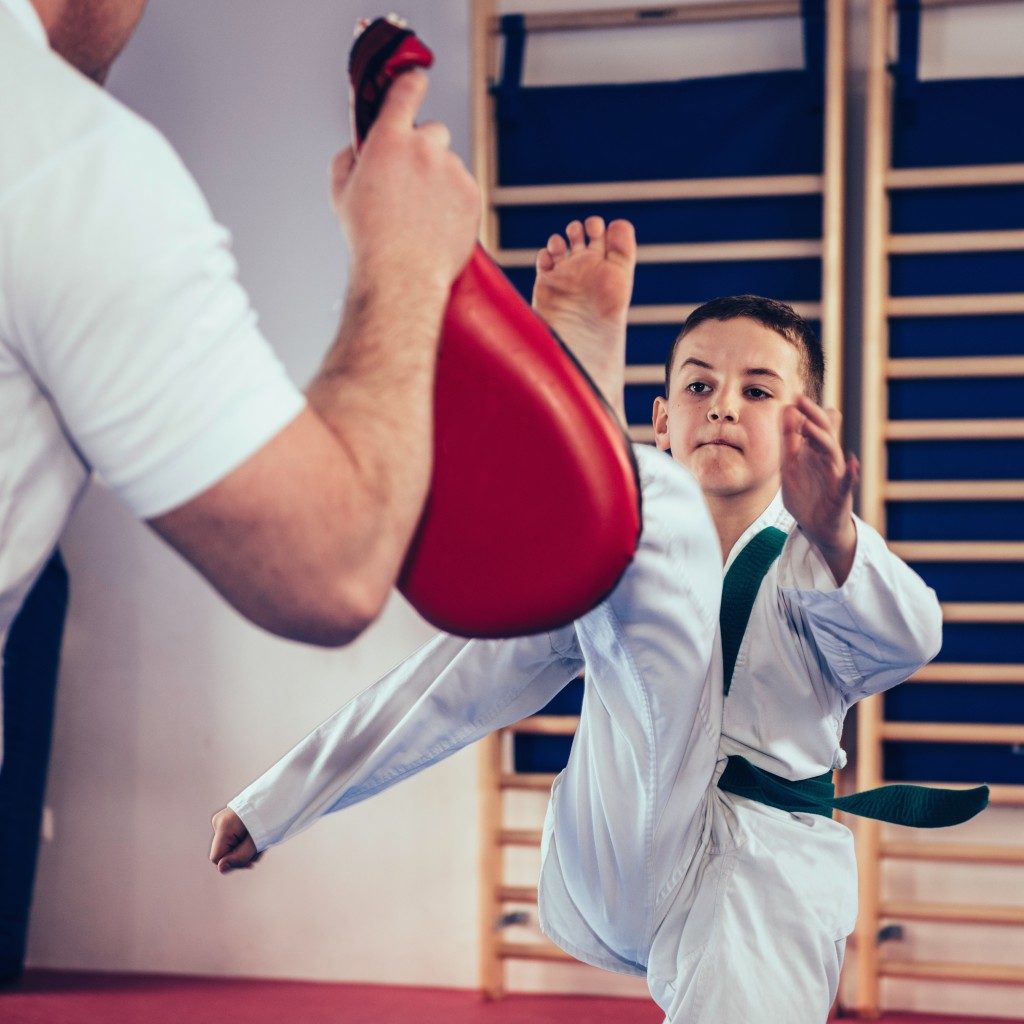Rustic design is often associated with casualness, age, roughness, and nature. The most common linkages are natural materials, plants, and a number of muted tones when it comes to wall, flooring, and ceiling colors.
Natural materials such as raw metals, stone, and wood are dominant when it comes to the overall presentation of rustic designs. One of this design’s most typical representation is to show an interior that represents the beauty and simplicity found in nature.
Rustic design’s philosophy is simple and straightforward—embrace an aesthetic that is organic, natural, and simple while filling your space with feelings of comfort and warmth.
Here are some traits that can be found in a rustic-designed space:
Natural color palette
When we said natural color palettes, we did not mean the common colors associated with earthy tones such as brown, beige, cream, etc. What we were pertaining to is the natural color palette that has shades of red, blue, and green because they are shades associated with warm and earthy tones. However, rustic design is not limited to these shades.
Capturing the essence of rustic design does not call for meticulously painted walls. Instead, to be able to give off the rustic vibe, walls and other large surfaces are left raw and unpainted.
In order to give life to the raw and unpainted surfaces, pops of color such as red, green, and blue are used in furniture and other designs. If you are not one to take risks when it comes to combining colors, you always have white as your safe haven when it comes to making sure everything matches.
Organic textures
The primary natural element used in rustic designs is wood. To deliver the natural and earthy look rustic designs go after, reclaimed wood is used. The wide wood plank flooring is essential in order to complement the wooden beams that can be seen supporting the ceilings.
Raw metals are also seen in these designs. Typically, they are not finished to achieve the rustic look and also depends on the user’s preference—they might like their metal fully furnished or the opposite.
They can be seen in kitchen items such as pots, pans, and other kitchen essentials that can be made out of metal. Railings are also prime locations for wrought metals inside a rustic space.
It can be seen in a home sporting the rustic look, or in a store that sells organic items—they go with the theme of the business.
Another distinctive trait that can be seen in rustic design inspirations is that most, if not, all, come with designs that can only be done by hand. It makes the desirable design easier to achieve and fits with the rustic narrative—natural and organic.
Stones are typically not cut precisely in order to deliver the agenda of the design. They are made and cut to look as natural as possible—as if you just piled them on top of each other after picking them up to build support or a wall.

Textiles
A trait that carries over is the natural aesthetic that comes with rustic designs. They carry over to flooring, sheets, curtains, and other fabric parts of the home that can carry a pattern that gives off organic and natural vibes through colors and patterns.
The most typical designs are made to look effortless. Going as simple as a weaved rug or a faux animal fur. Again, providing a part of the outside world indoors.
Patterns
With textile are patterns—rustic designs are typically filled with simple and unrefined walls, floors, and ceilings. In order to give the space some color and life, patterns that contrast the muted style of the environment is a good way to breathe life into rustic interiors.
Furniture
Furniture used and displayed in rustic interiors are made from reclaimed and recycled materials. The reason is because one of the principles of rustic design is to put forward the sense of giving a new purpose to old material.
The typical use of reclaimed materials is on tables, bed frames, and door frames. This adds to the authenticity rustic interiors aim for.
The rawness and wear that is visible on the recycled materials prove some of rustic design’s main points—natural and casual.
Rustic interiors are growing in popularity as individuals yearn to have their own spaces without spending hundreds of thousands on homes that require new furniture and appliances. The repurposing involved in creating a rustic space provides more space for more important spending when it comes to creating one’s own space.


